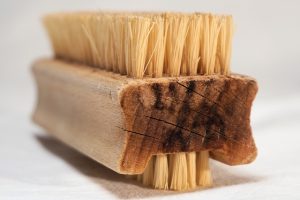Grout cleaning involves understanding grout's porosity and preventing stains through regular maintenance like quick spill cleanup, protective coatings, and sweeping. The right tools (grout cleaner, brush, eye wear, gloves) and preparation (vacuuming, mixing detergent) are key. Pre-cleaning with a mild detergent or commercial cleaner enhances stain removal. Identify stain types for targeted cleaning: mineral deposits vs. organic matter. Regular brushing with soap and sealing annually protect against future stains. Choose methods based on grout material, age, and testing cleaners in small areas.
Tired of unsightly grout stains marring your once-pristine tiles? This comprehensive guide is your go-to resource for achieving a sparkling, stain-free bathroom and kitchen. We demystify grout cleaning with insights on understanding stain causes, essential tools, pre-cleaning tricks, and step-by-step removal processes. From preventing future stains to choosing the perfect cleaning method for your surface, we’ve got you covered. Discover expert tips and say goodbye to stubborn grout discoloration forever!
Understanding Grout Stain Causes
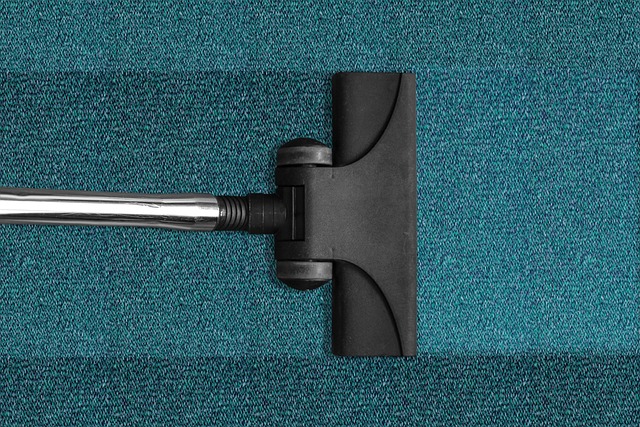
Grout stain removal can be a challenging task, but understanding the causes behind the stains is the first step to effective cleaning. Grout, being a porous material, easily absorbs liquids and substances, leading to unsightly marks. These stains can result from various factors, such as spilled beverages, dirt, grease, or even mold and mildew buildup over time. Regular cleaning and maintenance are crucial in preventing grout stains. This includes promptly wiping up any spills, using protective coatings, and regularly sweeping and mopping the areas surrounding the grout to minimize the risk of staining.
Identifying the source of the stain is key when it comes to grout cleaning. Different types of stains may require specific cleaning methods. For instance, organic stains like food or dirt can often be removed with warm water and a mild detergent, while harder-to-remove stains, such as those caused by oil or grease, might demand the use of specialized cleaners or even professional help for effective grout stain removal.
Tools and Materials for Effective Cleaning
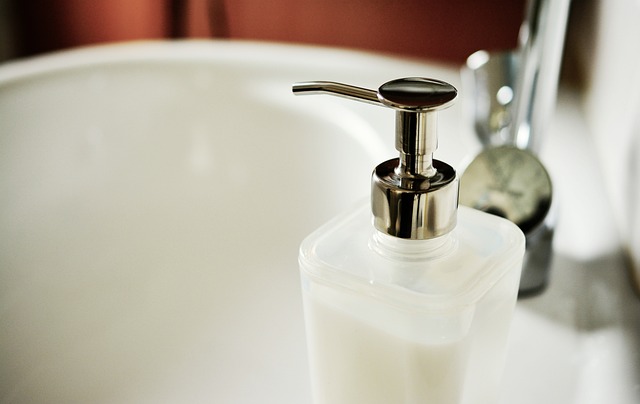
When it comes to effective grout cleaning, the right tools and materials are essential for achieving optimal results. Start with a good quality grout cleaner – either powder or liquid – designed specifically for tackling tough stains. These cleaners often contain powerful enzymes or acids that can dissolve stubborn grime. Don’t forget to grab some protective gear, such as gloves and eye wear, to shield yourself from harsh chemicals.
For thorough cleaning, invest in a reliable grout brush with stiff bristles. This tool will help you scrub away dirt and debris embedded in the grout lines. A spray bottle filled with warm water is also handy for pre-saturating the grout, making it easier to clean. Additionally, consider using a soft cloth or sponge for wiping down surfaces and removing any residual cleaner.
Pre-Cleaning Preparation Techniques

Before diving into grout stain removal, proper preparation is key for effective grout cleaning. Start by vacuuming or sweeping the floor to eliminate loose debris and dust. This initial step prevents particles from becoming trapped in the grout during the cleaning process. Next, fill a bucket with warm water and add a mild detergent designed for grout cleaning. Soak a soft-bristled brush in the solution and gently scrub the affected grout areas.
For tougher stains, consider using a commercial grout cleaner or a mixture of baking soda and vinegar. Apply the cleaner to the stains, let it sit for several minutes, then use a damp sponge or cloth to wipe away the residue. This pre-cleaning preparation ensures that your grout cleaning efforts are more effective, leaving your grout looking fresh and clean.
Step-by-Step Grout Stain Removal Process
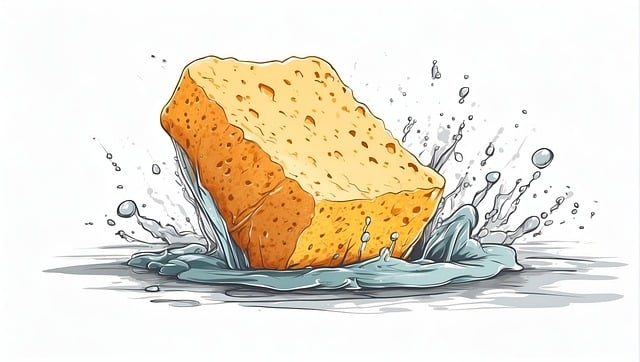
Removing grout stains is a multi-step process that requires patience and the right tools. First, identify the type of stain and gather your supplies: a non-abrasive cleaner suitable for grout, a soft-bristled brush or sponge, rubber gloves, and a protective mask (for harsh chemicals). Put on your gloves and mask before beginning to avoid skin and respiratory irritation.
Next, apply the cleaner directly to the stained grout lines using your brush or sponge. Gently scrub the area in circular motions, working from one end of the line to the other. Allow the cleaner to penetrate the stain for a few minutes, following the product’s instructions. Rinse thoroughly with warm water after scrubbing, ensuring all residue is removed. For tougher stains, you might need to repeat this process until they fade or disappear entirely.
Dealing with Persistent Stains
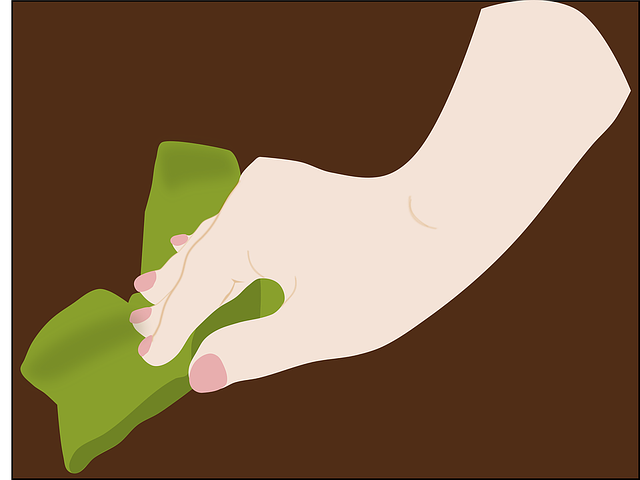
When it comes to grout cleaning, persistent stains can be a frustrating challenge. If regular cleaning methods haven’t worked, it’s time to employ more robust strategies. Start by identifying the type of stain and choosing the appropriate cleaner. Acid-based cleaners are effective for removing mineral deposits and calcium buildup, while enzymatic cleaners break down organic stains like mold and mildew.
For stubborn cases, consider using a mixture of water and bleach or a commercial grout cleaning product designed for deep penetration. Always test any cleaner in an inconspicuous area first to ensure it won’t damage the grout or surrounding surfaces. Persistent stains might require repeated applications and patience, but with the right approach, you can achieve a fresh, clean look for your grout and tiles.
Maintenance Tips to Prevent Future Stains
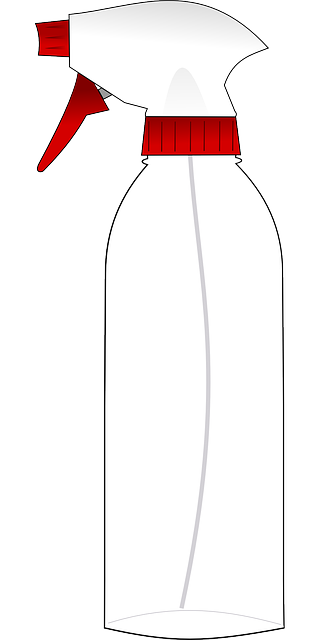
Regular grout cleaning is key to preventing future stains. Start by sweeping or vacuuming your tiled surfaces regularly to remove loose dirt and debris that can lead to staining. Next, use a toothbrush or grout brush to gently scrub any visible stains with a mixture of warm water and mild dish soap. This proactive approach will keep your grout lines looking fresh and clean.
Additionally, sealing your grout annually with a high-quality grout sealer is an effective measure. This protective barrier repels liquid and prevents dirt from penetrating the grout, making stain removal much easier down the line. Remember, regular maintenance is simpler and less costly than addressing extensive grout damage caused by stains.
Choosing the Right Grout Cleaning Method for Different Surfaces
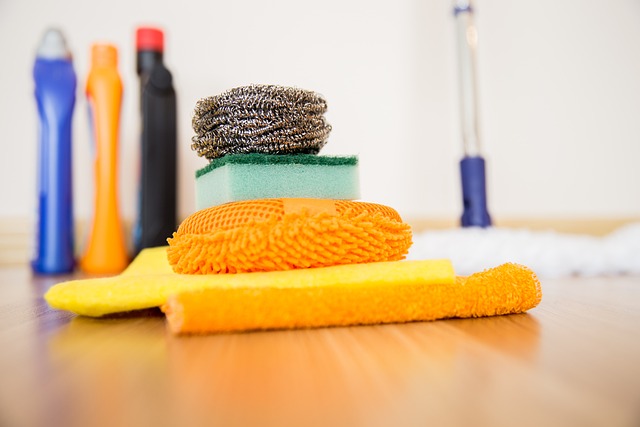
When it comes to grout cleaning, selecting the appropriate method is key to achieving optimal results on various surfaces. Different materials require specialized care, so understanding your grout and tiles is essential. For instance, porous stones like marble or travertine may necessitate a gentle approach with a pH-neutral cleaner to avoid damage. On the other hand, ceramic or porcelain tiles often lend themselves well to stronger solutions, allowing for more robust stain removal.
In choosing a grout cleaning method, consider the age and condition of your grout. Newer grout might only require a regular cleaning routine with warm water and mild detergent, whereas older, discolored grout may demand a more intensive approach involving specialized tools or chemicals. Always test any cleaner in a small, discreet area first to ensure it doesn’t cause staining or damage.
